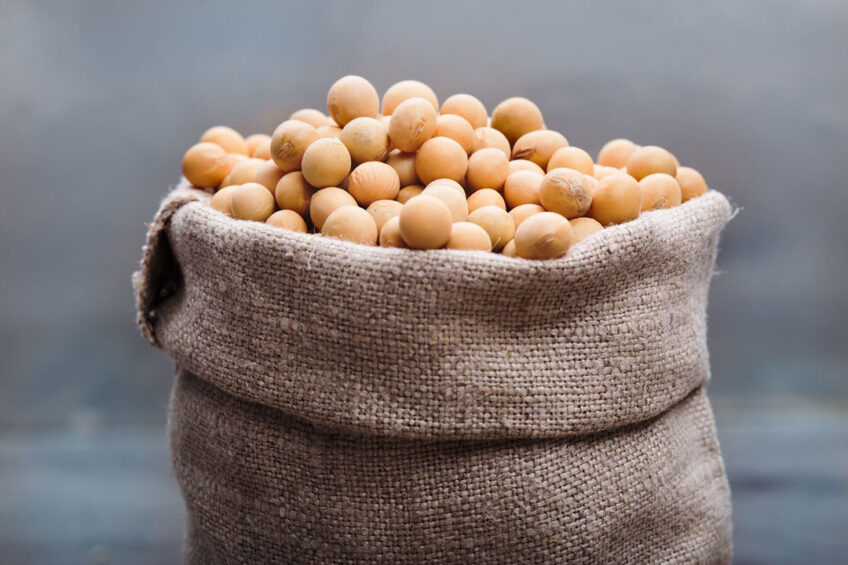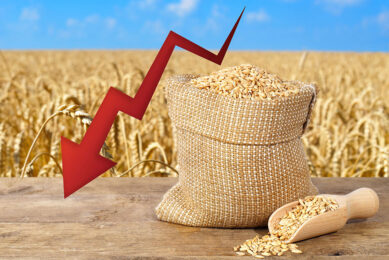Multiple factors drive soybean prices

There is no clear direction in the movement of soybean prices. On the one hand weather conditions are putting pressure on the price, whereas on the other the conflict in the Black Sea region is supporting the price.
The weather in the United States is putting price pressure on soybeans in the short term. Cooler and wetter weather is expected this month in key US production regions, which will benefit crops. Due to dry warm weather, crops are not doing as well as they were a year ago. The US Department of Agriculture (USDA) estimated that last weekend 54% of soybeans were in “good to excellent” condition. That is 2% higher than the estimation a week earlier. And a year ago, 59% of US soybeans were in “good to excellent” condition at the beginning of August.
However, the demand for soybeans is strong and the conflict in the Black Sea region provides support for the price. The International Grains Council (IGC) price index for soybeans stood at 271 points at the beginning of this week (year 2000 = index 100).
Substantial soybean crop expected in Brazil
Looking further ahead, a substantial soybean production is expected in Brazil in the 2023-24 season. Brazilian growers are expected to sow a larger area of soybeans, allowing production to grow by almost 4% to 163.5 million tons. This is reported by the market agency Stonex.
Rapeseed is also traded negatively on the futures market in Paris on 8 August. The rapeseed quotation for the first expiring contract (November) recovered last week, after falling earlier. The November contract closed on Monday 7 August at € 466.25 per ton. That is more than € 20 higher than recorded a week earlier.
Unrest in the Black Sea region
The unrest in the Black Sea region resulted in a higher price. In addition, it is dry in Canada, the main producer and exporter of rapeseed in the world, which raises concerns about possible lower yields. And that supports the international rapeseed quotations. Meanwhile, falling prices for soybeans are pushing prices for rapeseed, among other things.











